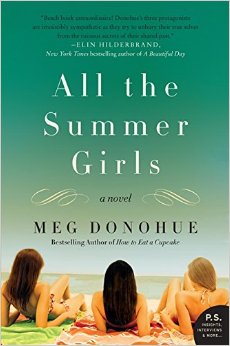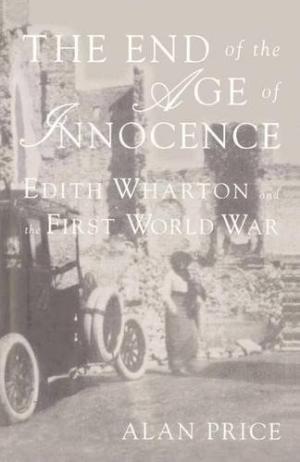 Recap: Nothing like a broken-off engagement and pregnancy, a cheating husband and being fired after your life’s become overrun with drugs and alcohol to start your summer. But that’s the way the summer begins for three high school best friends who grew up together and in recent years have mostly grown apart. Kate, Vanessa and Dani had already planned to go away for the weekend for Kate’s bachelorette party. Now that she’s no longer about to become a misses, the three decide to go away together anyway and keep it close to home: the Jersey Shore, the place where they spent all their summers together growing up.
Recap: Nothing like a broken-off engagement and pregnancy, a cheating husband and being fired after your life’s become overrun with drugs and alcohol to start your summer. But that’s the way the summer begins for three high school best friends who grew up together and in recent years have mostly grown apart. Kate, Vanessa and Dani had already planned to go away for the weekend for Kate’s bachelorette party. Now that she’s no longer about to become a misses, the three decide to go away together anyway and keep it close to home: the Jersey Shore, the place where they spent all their summers together growing up.
But for the three of them, the Jersey Shore brings up bad memories of the last time they were here together, back during college when a tragic night lead to the death of Kate’s twin brother — a loss from which none of the girls ever truly recovered. Anxiety builds as the secrets of their lives — pregnancy, cheating, addiction — keep finding ways to creep into this home away from home that holds another big, aching secret. Eventually that anxiety must break, and break it does.
Analysis: All the Summer Girls has just the right ingredients for a great summer beach read — romance, friendship, scandal, secrets and of course the beach setting. Meg Donahue brings it all together, forcing the reader to wonder what she would do any of these characters’ positions. Female friendship is complicated, and this novels dives deep into those murky waters, especially as it details the relationship between Vanessa and Dani, which is so severed, one wonders if it can even be repaired at this point. Sometimes girlfriends truly do just drift. Other times, secrets keep them separated. And still other times, girlfriends remain friends despite all the secrets, all the time that’s passed, and all the little things that annoy each other. The bonds prove strong in this novel.
While Donahue brings it all together, it does feel forced. Vanessa’s obsession with her ex-boyfriend is unwarranted since it seems to be nothing more than an eight-year-old summer fling. Not only that, but there’s a lot of build to a rather anticlimactic and uneventful plotline in the end. Dani discovering some of the things she learns on this trip also seems to make it a perfect time for her addiction to only get worse. Instead, she fights it off which is empowering and impressive, but in my opinion, unlikely under the circumstances. I’ve read several books about female friendship and all their secrets coming out over the course of a summer. It’s a common trope in “chick lit,” but I’ve seen it done better elsewhere.
MVP: Dani. Though her life is more of a mess than any of the other three girls, she’s the one that pulls through the best. She doesn’t freak out. She doesn’t cause a scene. She just deals with it. She decides ultimately that she needs to make some changes, and she does it, no questions asked, no hesitation, and that is impressive.



 It wasn’t easy being a woman at the turn of the century, being a woman who couldn’t vote, being a woman through World War I, being a woman through the Great Depression. But that’s what Pulitzer Prize-winning author Edith Wharton did. Not only did she survive, she thrived, writing fascinating literature and doing great journalism. She also made charitable work her main focus through the Great War.
It wasn’t easy being a woman at the turn of the century, being a woman who couldn’t vote, being a woman through World War I, being a woman through the Great Depression. But that’s what Pulitzer Prize-winning author Edith Wharton did. Not only did she survive, she thrived, writing fascinating literature and doing great journalism. She also made charitable work her main focus through the Great War.